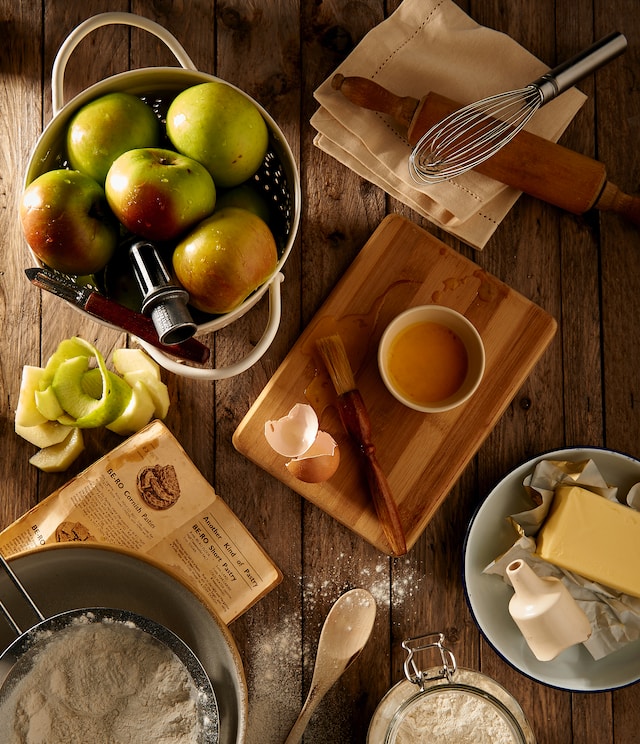The US, frequently alluded to as the “mixture,” brags a rich embroidery social variety that is delightfully reflected in its culinary scene. From one coast to another, the country’s tremendous scope is a blend of flavors, each impacted by the interesting practices of individuals who call the USA home. This article digs into the social food customs that have molded the American culinary experience, praising the variety that has turned into a central trait of the country.
Local American Culinary Legacy:
Well before the appearance of European pilgrims, Local American clans developed a profound association with the land, getting food from its abundance. Conventional Local American food spins around privately obtained fixings like corn, beans, and squash – on the whole known as the “Three Sisters.” The utilization of native flavors and cooking strategies, for example, pit cooking and smoking, stays necessary to the protection of their culinary legacy.
Provincial Impacts:
The appearance of European pilgrims in the seventeenth century brought a combination of Old World flavors with the local elements of the New World. Local varieties arose, with New Britain shellfish chowder, Pennsylvania Dutch food, and Southern grill epitomizing the assorted impacts that formed American cooking during the pilgrim time.
African American Southern fare:
The historical backdrop of African American culinary customs is well established in the experience of bondage. Oppressed Africans carried with them a rich culinary legacy that has significantly impacted American food. Southern fare, portrayed by dishes like collard greens, broiled chicken, and cornbread, addresses a festival of versatility and social protection, displaying the craft of changing humble fixings into tasty magnum opuses.
Mexican and Southwestern Impacts:
The vicinity of Mexico and the American Southwest has prompted an energetic combination of flavors. Tex-Mex cooking, with its intense flavors and good dishes, has turned into a staple the country over. Tacos, enchiladas, and guacamole are dearest by Americans, everything being equal, mirroring the getting through effect of Mexican culinary customs.
Asian Culinary Variety:
Asian foreigners have carried a horde of culinary practices to the US, adding to the different food scene. Chinese, Japanese, Vietnamese, Korean, and Filipino foods have tracked down their place in American urban areas, offering all that from faint aggregate to sushi and pho. This social trade has improved American palates as well as fashioned a more profound comprehension of Asian culinary subtleties.
Italian-American Culinary Inheritance:
Italian settlers, looking for a superior life in the mid twentieth hundred years, carried with them an adoration for powerful flavors and generous feasts. Italian-American cooking has turned into a pillar, with dishes like pizza, pasta, and meatballs getting a charge out of far reaching ubiquity. The transformation of customary Italian recipes to neighborhood fixings has brought forth a special and cherished culinary heritage.
